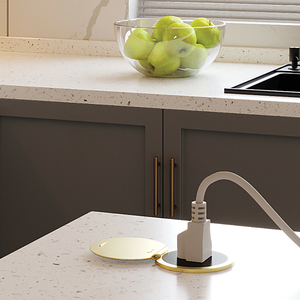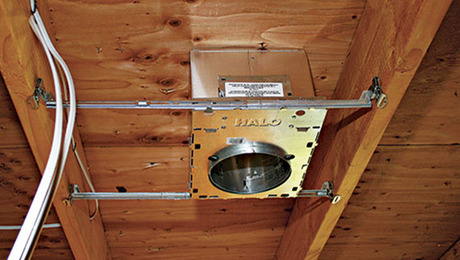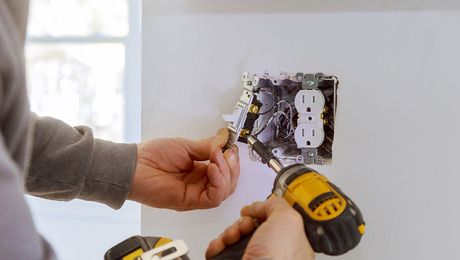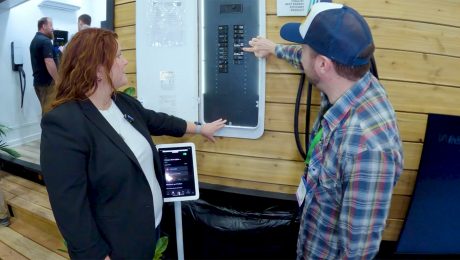How do you air-seal recessed can lights that you can’t access from above?
Q:
I’m chasing air leaks in my 1850 farmhouse after a recent blower-door test. There are five recessed can lights in the kitchen and another five in the bedroom above the kitchen that are contributing to air leakage, but I can’t access the lights from above in either situation, so covering each with a rigid-foam insulation hood is out of the question. The cans are a mix of types—some are the remodel type, and some are for new construction; some are rated for contact with insulation, and some aren’t. I’ll eventually replace these fixtures when I gut and renovate the kitchen. Until then, can I seal the slits inside the cans with either foil tape or fire-rated spray foam?
Chris Ermides
A:
Those older fixtures have holes in them because they depend on air leaking through the ceiling to stay cool enough to be safe. The manufacturers warned installers that these fixtures should never be covered with insulation. In other words, if you see holes in the can, the holes are there for a reason.
If you absolutely want recessed lighting, one approach that doesn’t raise fire-safety concerns is to install an LED retrofit kit. But although these kits reduce air leakage, they aren’t airtight, and they don’t address the problem of existing cans displacing needed insulation. (For more information, see “Air-sealing Can Lights Safely,” [FHB #249]) The best alternative in your situation is to replace the recessed lights with nonrecessed lights. After removing the old fixtures, add insulation to the empty spots left in the ceiling, install airtight electrical boxes, and use the same wiring to put in surface-mounted fixtures such as track lighting or pendants.

























